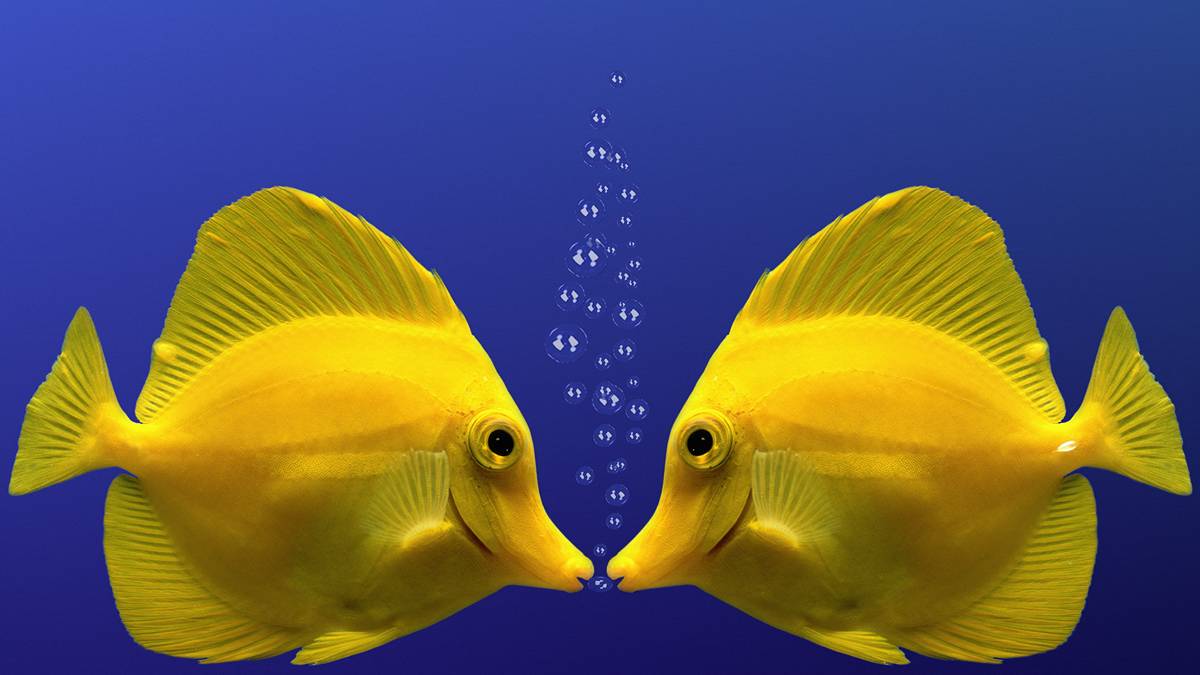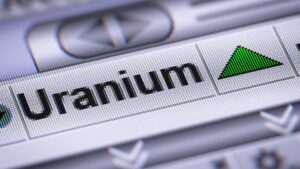Core Energy Minerals doubles down on uranium with acquisition of South Australian projects

Core Energy Minerals has acquired two uranium projects in South Australia. Pic: Getty Images
- Latin Resources alumni behind Core Energy Minerals move to acquire two uranium projects in South Australia
- Historical drilling has already proven that palaeochannel-hosted uranium is present at Cummins project
- Harris Greenstone project could host unexplored extensions of the nearby 1.48Mlb Warrior uranium deposit
Special Report: The team behind the success of Latin Resources and now helming Core Energy Minerals – formerly Oar Resources – has now set its sights on uranium in Australia.
Core Energy Minerals (ASX:CR3) is led by executive director Anthony Greenaway – also the vice president of operations at Latin – and chaired by Latin’s managing director Christopher Gale and already has existing uranium assets in Brazil and Namibia.
But its move to acquire two projects in South Australia speaks volumes about its commitment to the energy metal.
This is especially timely given the outlook for uranium remains bullish due to tightening supply and a forecast increase in demand as new nuclear plants come online.
Of the two projects acquired by Core Energy Minerals, Greenaway is excited by the 952km2 Cummins project in the Eyre Peninsula, which has already demonstrated the presence of widespread palaeochannel-hosted uranium mineralisation over ~10km of strike.
This was based on historical drilling carried out in the 1970s and confirmed by French state-owned uranium explorer Areva in 2009 and is interpreted to be similar to mineralisation found at Alligator Energy (ASX:AGE) nearby 17.5Mlb U3O8 Samphire project.
However, no follow-up uranium exploration has been carried out since Areva relinquished its ground in 2014. Since then spot prices have lifted from their post-Fukushima lows of close to US$20/lb to as high as US$106/lb last year and US$74/lb today.
Greenaway adds that Cummins not only hosts multiple advanced drill targets that are based on historical drilling, it also has potential for high-grade mineralised zones of significant strike length to be delineated from the historical regional intercepts that are spaced 1km apart.

Just as interesting
Meanwhile, the 1350km2 Harris Greenstone project is believed to cover unexplored extensions of the well-defined palaeochannels hosting the nearby 1.48Mlb Warrior uranium deposit.
“While the Harris Greenstone project is less advanced as Cummins, it is located in a region of South Australia which hosts multiple world class uranium projects, including the Olympic Dam, Honeymoon and the Four Mile uranium mines,” Greenaway added.
“Geophysical data covering the Harris Greenstone Project highlights a significant network of palaeochannels across the project. These same palaeochannels play host to the Warrior uranium deposit adjacent to the north of the Harris Greenstone tenements.”
Exploration of the two projects will be led by experienced uranium geologist Charles Nesbitt, who has over 25 years of experience as an exploration geologist, exploration manager and technical director across a number of different projects and commodities.
These include all four of Australia’s operating uranium mines – Olympic Dam, Beverley/Four Mile, Honeymoon and Ranger.
During the tenement transfer process, the company plans to engage with local stakeholders and secure the statutory approvals for ground disturbing exploration activities.
It will also prepare drill programs to validate historical exploration results along with broad-spaced follow-up drilling in priority target areas.
Once tenement transfer is completed, CR3 will start surface mapping and sampling, with drilling to commence following receipt of the required government approvals.Drilling in priority areas is expected to occur within the first half of 2025.
This article was developed in collaboration with Core Energy Minerals, a Stockhead advertiser at the time of publishing.
This article does not constitute financial product advice. You should consider obtaining independent advice before making any financial decisions.
Related Topics

UNLOCK INSIGHTS
Discover the untold stories of emerging ASX stocks.
Daily news and expert analysis, it's free to subscribe.
By proceeding, you confirm you understand that we handle personal information in accordance with our Privacy Policy.








